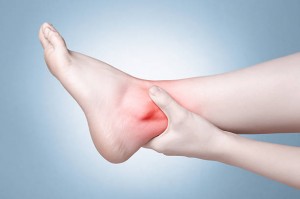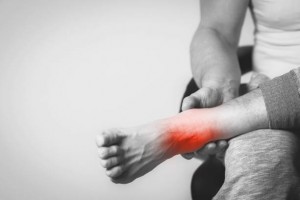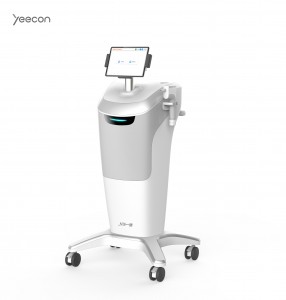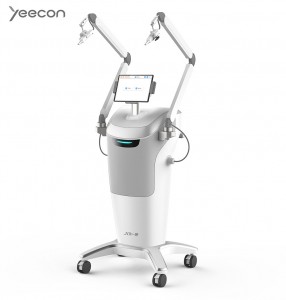A sprain is a common injury that occurs when ligaments (the tissues that connect bones) are overstretched or torn. While minor sprains can often be managed at home, it’s important to know when to seek medical attention. This article will provide an overview of first aid for sprains and guidance on when to consult a healthcare professional.

Initial Treatment for Sprains: R.I.C.E.
The standard first aid treatment for sprains is known as R.I.C.E., which stands for Rest, Ice, Compression, and Elevation.
1.Rest: Refrain from using the injured area to prevent further injury.
2.Ice: Apply an ice pack to the sprained area for 15-20 minutes every 2-3 hours during the first 24-72 hours. This can help reduce swelling and numb the area, reducing pain.
3.Compression: Wrap the injured area with an elastic bandage (not too tightly) to help decrease swelling.
4.Elevation: If possible, try to keep the sprained area elevated above the level of your heart. This helps to minimize swelling by facilitating the drainage of fluid.

When to See a Doctor
While minor sprains can often be handled with R.I.C.E., there are several indicators that you should seek medical attention:
1.Severe pain and swelling: If the pain or swelling is severe, this might indicate a more serious injury, like a fracture.
2.Inability to move or bear weight on the injured area: If you can’t move the area or put weight on it without significant pain, you should seek medical help.
3.Deformity: If the injured area looks deformed or out of place, you should seek immediate medical attention.
4.No improvement over time: If the sprain does not start to improve after a few days of R.I.C.E., it’s a good idea to see a doctor.
Point-Mode Infrared Therapy Apparatus
Conclusion
While sprains are common injuries, it’s important not to underestimate them. Proper initial treatment can help speed recovery, but it’s crucial to recognize when a sprain might be more serious and to seek medical help when necessary. Always listen to your body and consult with a healthcare professional if you’re in doubt.

Indications:
Orthopaedics: osteoarthritis, osteoarthritis, delayed bone healing, osteonecrosis.
Rehabilitation: soft tissue chronic injury disease, plantar fasciitis, frozen shoulder.
Department of Sports Medicine: sprains, acute and chronic injuries resulting in pain.
Pain and Anesthesia: acute and chronic pain, chronic muscle strain.
Post time: Aug-31-2023







